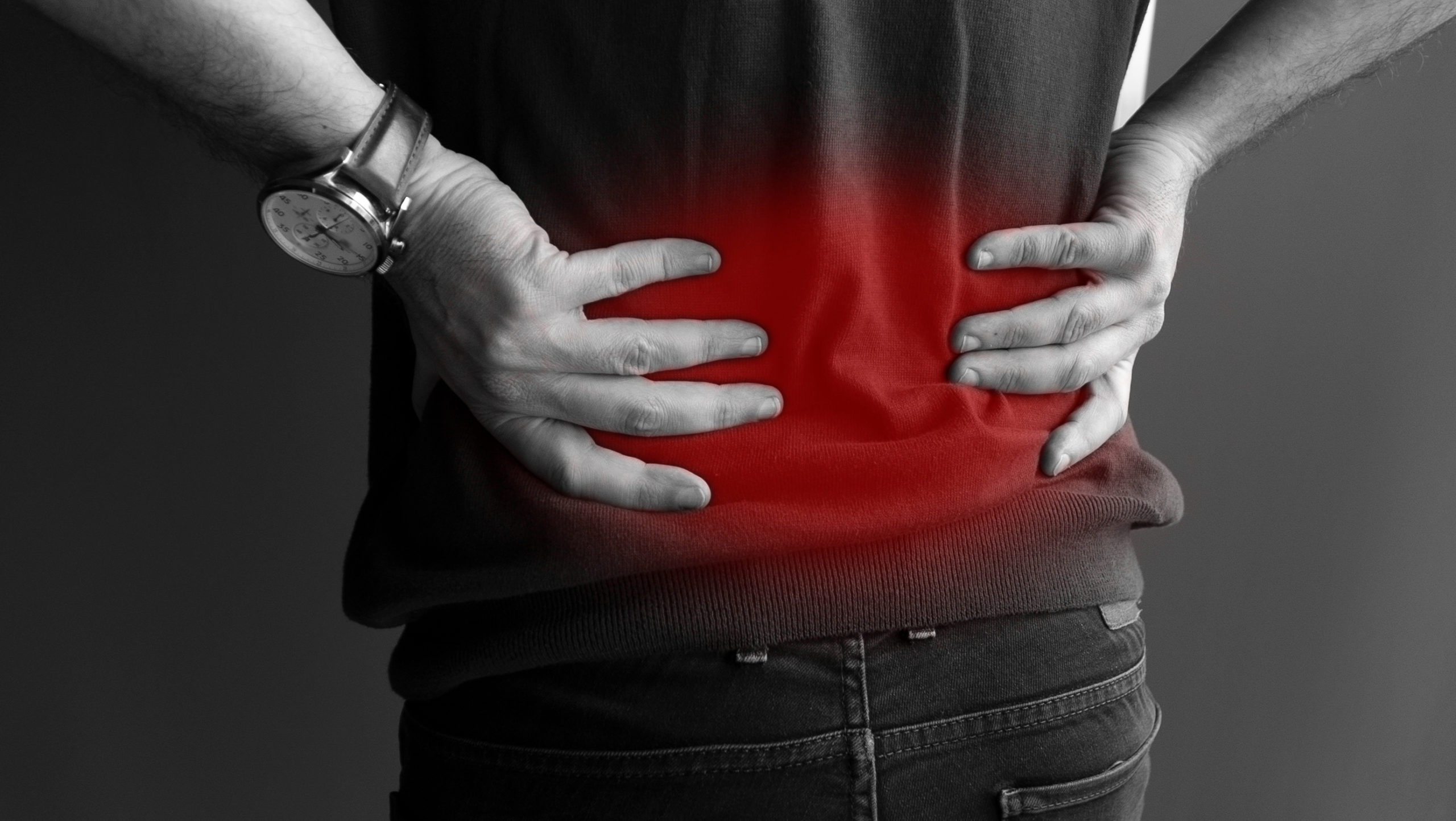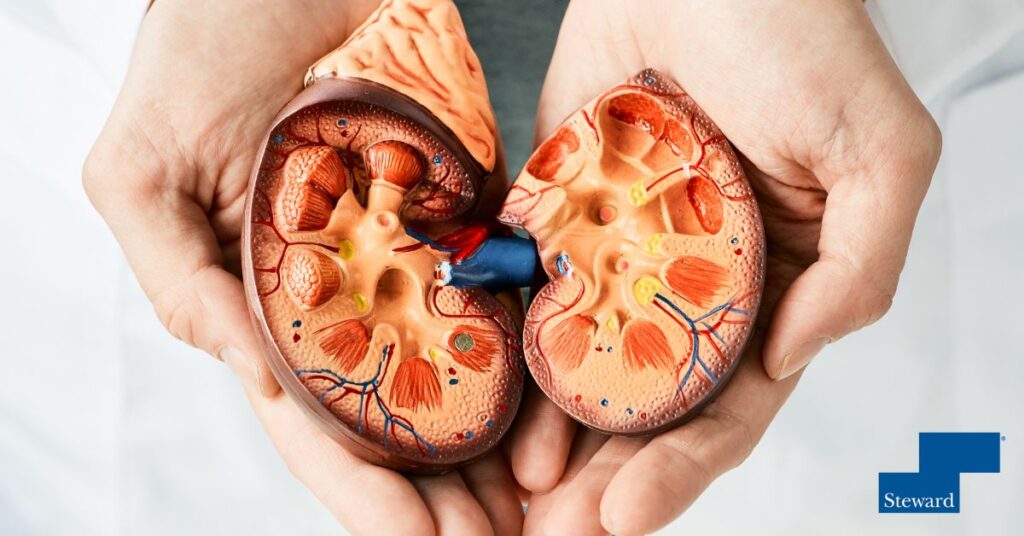Sebastian River Medical Center Adds Excelsius GPS® to Its Arsenal of State-of-the-Art Equipment
Sebastian River Medical Center is committed to achieving the highest level of measurable quality and efficiency in the delivery of healthcare services that are responsive to the needs and values of our community, patients, physicians, employees, and visitors. It went one step further in fulfilling this commitment by becoming a leader in the field of robotic guidance and navigation. The hospital recently purchased the Excelsius GPS®, a platform technology that is designed to improve safety and accuracy within the operating room. Officials at the hospital said that the Excelsius GPS® “provides improved visualization of patient anatomy through the procedure to help optimize patient treatment.”
This new system is designed to streamline surgical workflow and especially reduce radiation exposure to surgeons and staff. This revolutionary robotic navigation platform is the world’s first technology to combine a rigid robotic arm and full navigation capabilities into one adaptable platform for accurate trajectory alignment in spine surgery.
The system is currently employed at Sebastian River Medical Center for the following procedures:
- Posterior spinal instrumented fusion
- Posterior lumbar interbody fusion
- Transforaminal lumbar interbody fusion
- Sacroiliac joint fusion
In posterior spinal fusion, the surgeon adds bone graft at the back of your spine during surgery to fuse two or more vertebrae together. The word posterior also refers to the surgical approach where the skin incision is made at the rear or back of the spine. Instrumented refers to the use of screws and rods to stabilize the spine while the fusion heals.
Posterior lumbar interbody fusion (PLIF) is performed to relieve pressure on your spinal nerves and/or spinal cord or to stabilize your spine. PLIF is also used to remove a degenerating disk that is the source of back or leg pain and fuse spinal vertebrae with bone graft. Use of an interbody device allows indirect decompression of the nerves exiting the spinal canal through restoration of disc height.
Transforaminal lumbar interbody fusion (TLIF) is a contemporary approach to spinal fusion surgery. It is an operation performed on the lower back to remove a facet (joint in the back of the spine), and intervertebral disk to decompress nerves. An interbody device is then placed in the disc space with bone graft to facilitate fusion, and screws and rods are placed to stabilize the spine.
Stuart Kinsella, MD, orthopedic spine surgeon, explains, “The Globus system is particularly helpful in revision and deformity settings where patients’ anatomy is abnormal. . If I’m doing a surgery without the robotic navigation, I must rely on anatomic landmarks. When those landmarks are skewed or altered by previous surgeries or deformity, it makes the standardization of my approach more challenging and the robotic navigation helps me get around that.”
Dr. Kinsella employs the system for revision, scoliosis, adjacent segment disease, and spondylolisthesis (instability) cases.
The system allows the surgeon the most efficient interface between diagnostic imaging and intra-operative gross anatomy. “It allows me to be even more precise than I could hope for,” said Dr. Kinsella. “Spine surgery has risks, and this system lowers the risk for the patient.”
According to Dr. Kinsella the system has “flexibility that makes it useful in so many areas. Furthermore, with minimally invasive procedures that traditionally require substantial intra-operative imaging, the system allows for significant reduction in the amount of radiation exposure to hospital staff and the patient.”
What kind of patients is Dr. Kinsella able to help with this technology?
“I’m looking for patients with pain, numbness, tingling or weakness secondary to nerve compression and potentially instability that is no longer successfully treated by conservative measure such as physical therapy, medications and injections. I think it is only at that time after one has exhausted conservative measures for those conditions that the potential benefit of surgery merit the inherent risks associated with surgery. That being said, this kind of technology can help one lower those risks and help optimize outcomes from surgery,” he added.
More about Dr. Kinsella
Dr. Kinsella received his undergraduate degree in biology from Harvard University in Cambridge, MA. He then went on to earn his Medical Degree as well as his Master of Science in Translational Research degree at the University of Pennsylvania Perelman School of Medicine in Philadelphia, PA. Before completing his fellowship in spine surgery at Harvard Medical School’s Beth Israel Deaconess Medical Center Combined Spine Surgery Fellowship. Dr. Kinsella was trained through the Harvard Combined Residency Program in Boston, MA. He worked with world renowned spine surgery mentors in his internship, residency, and fellowship across the Harvard hospital system.
When asked what brought him to this area of Florida, Dr. Kinsella’s answer was simple, “My parents moved to Vero Beach about three or four years ago. I got interested in the general area for where to practice next. Although I’m from New England, my family has departed the area, which expanded the scope of my search. I enjoyed the time that I spent down here, the community, and thought it was a patient population that I could help with a skill set they might not otherwise have had access to.”
Dr. Kinsella’s approach to patient care is always to deliver the care solutions he would want for himself and for his family.
To find a doctor or schedule an appointment, visit Steward DoctorFinder™.




